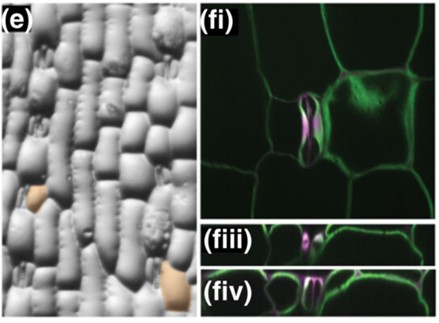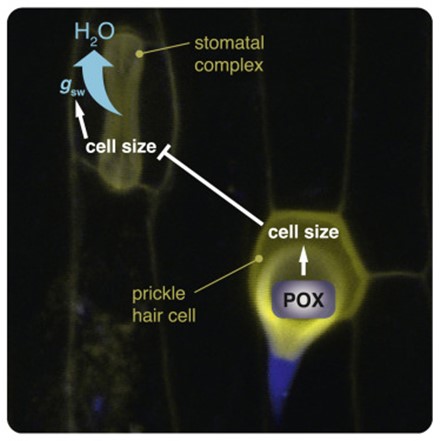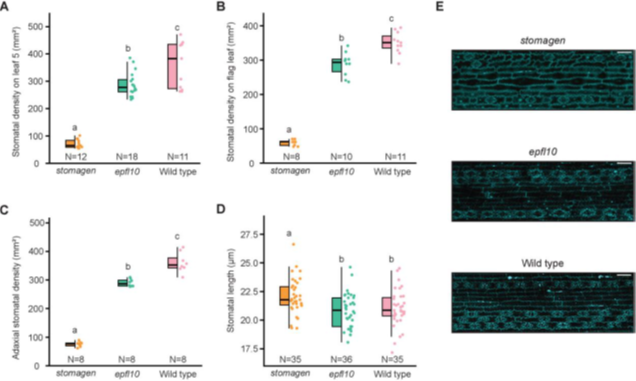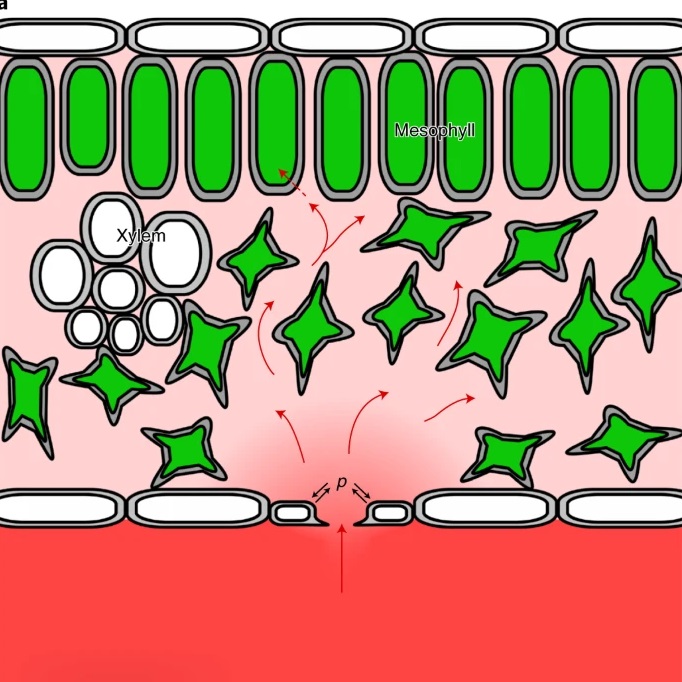
Subsidiary cells mediate stomatal closure in maize
Plant Science Research WeeklyStomata are pores on leaves which enable gas exchange. In grasses, stomata are surrounded by dumbbell-shaped guard cells that are flanked by subsidiary cells. However, the role of the subsidiary cells in stomatal closure is not fully understood. Here, Liu et al. investigated this using two maize (Zea…

Regulation of hair cell and stomatal size by a hair-cell specific peroxidase in Brachypodium distachyon
Plant Science Research WeeklyMature grass leaves contain two specialized types of epidermal cells: stomata and epidermal hairs (trichomes). Stomatal pores are crucial for CO2 uptake and water conservation, while epidermal hairs contribute to water regulation and provide protection against UV-B light. If stomatal identity is not…

Reduction of stomatal density by STOMAGEN paralog editing
Plant Science Research WeeklyClimate change is having negative effects on yield of economically important crops such as rice. Therefore, there is a pressing need for climate-change adapted crops. Previous research has highlighted that a decrease in stomatal density can enhance drought tolerance. EPIDERMAL PATTERNING FACTOR-LIKE9…

Control of guard cell aperture by protein kinase CIPK23
Plant Science Research WeeklyGuard cells are responsible for the opening and closing of stomata through changes in osmotic content and turgor pressure. These changes occur in response to activation or inactivation of ion transport proteins that are in turn regulated by protein kinase and phosphatase networks. The kinase network…

Guard cell endomembrane Ca2+-ATPases underpin a ‘carbon memory’ of photosynthetic assimilation that impacts on water-use efficiency (Nature Plants)
Plant Science Research WeeklyStomatal guard cells control both carbon dioxide uptake and transpirational water loss. Guard cell control over the stomatal pore aperture is sensitive to water status (through ABA) as well as the amount of CO2 available within the leaf air space. Several studies have indicated that stomatal aperture…

